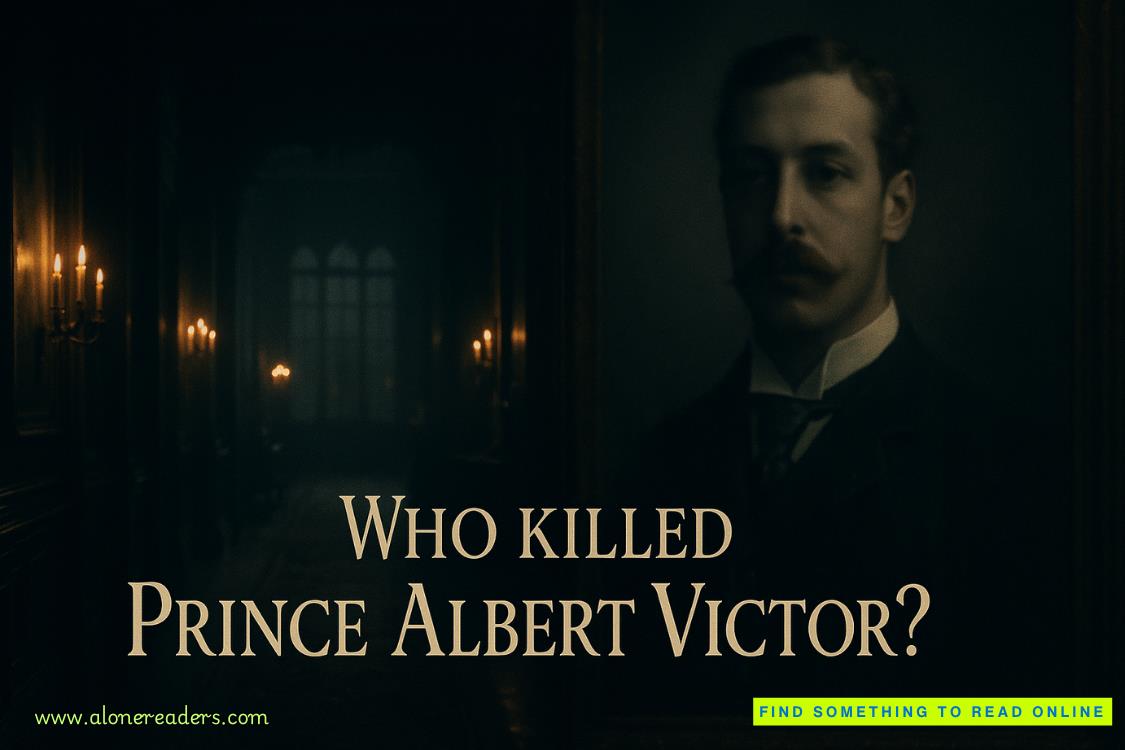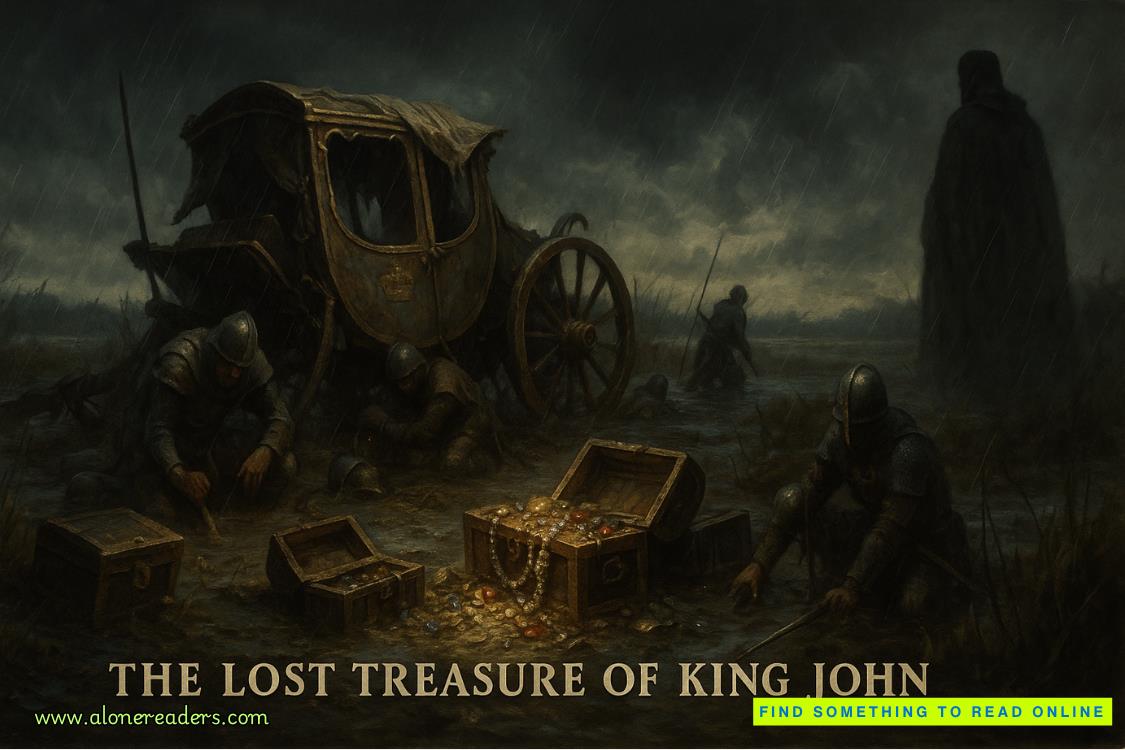Page 5 of Tides of Fire
“Yes, sir.”
Travers planted his feet wider, then set about rocking the box and tugging hard at it. Finally, a loudsnapcracked sharply, and Travers fell back to the gunwale. The tender nearly capsized under his weight, but Crawfurd balanced the other side to keep the boat from tipping over.
A splash near the stern drew Stamford’s eye.
He flinched. “Did you lose the box?”
“No, sir.” Travers lifted the steel container. “I still have hold of it.”
Stamford’s gaze remained on the water. He watched the remains of a blackened hand float to the surface, missing a couple of fingers. Despite its stony appearance, the hand clearly remained buoyant.
What devilishness is this?
Travers climbed out of the tender and carried the box to him.
Stamford crossed his arms, having no desire to touch the accursed object. “Open it,” he ordered.
Travers popped the latch and creaked the lid open. A fold of paper fell out, fluttering to the pier. Likely a last message from Johannes Stoepker.
Stamford ignored it and leaned closer to the box. It held only one other object: a branched stalk of rock that looked like a piece of black coral.
“What do you make of it?” Travers whispered.
Stamford shook his head, unable to fathom any meaning to it.
Why would Stoepker go to such lengths to preserve such a thing?
Still, Stamford noted that the color and sheen of the fractured piece matched the blackened corpses in the tender. He also remembered a unique feature ofcoral: when broken and dried, their pieces often floated.
As he stared at the ruins of Stoepker’s hand bobbing in the water, a cold certainty chilled through him.
These bodies hadn’t been petrified into rock.
They’d been turned into coral.
First
1
January 18, 10:04A.M.NCT
Three hundred miles off Norfolk Island (Australia)
Phoebe Reed stared out in awe at the sunken Garden of Eden.
Beyond the nine inches of acrylic glass, the station’s lamps lit the perpetual darkness. They cast out a unique band of red light that caused little disturbance to the surrounding marine life. Standing at the window, she wore image-enhancing goggles tuned to the light’s wavelength to expand the view.
Even here, two miles down, life teemed in a kaleidoscope of riches. Giant crimson-legged crabs climbed over shoals of reefs, picking delicately into crevices. Ghostly white snailfish glided over open sands. A cookie-cutter shark—once called a cigar shark due to its cylindrical shape—glowed past the window, dark on the topside, bioluminescent below. A larger shark, a bluntnose sixgill, patrolled at the edge of the light.
Next to her, a hand pointed, noting the same. “Sixgills have never been recorded at these depths.”
“Is that true, Jazz?” Phoebe asked, glancing over to her post-grad assistant.
Jasleen Patel gave her a scowl for doubting her expertise. Jazz had completed her master’s degree in marine biology two years before and was finalizing her doctoral dissertation under Phoebe’s mentorship. Jazz had been one of Phoebe’s undergrad students and eventually her teaching assistant at Caltech’s marine lab. Since then, they had been working collaboratively for more than five years. So much so that Phoebe and Jazz became known as PB&J by most of their colleagues.
Most believed the two had bonded because they were both women of color. Phoebe had been born in Barbados but raised by her mother in South Central after they immigrated to the States when she was eight. Jasleen, eight years younger than her, was a native-born Californian, but her heritage was East Indian. Her family, originally from Mumbai, ran a chain of dry cleaners across the Bay Area.
But it wasn’t the women’s skin color or gender that drew them together. At least, not entirely. It was much more about their mutual interests in the mysteries of the deep. That, and their respect for each other.















